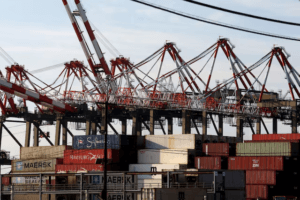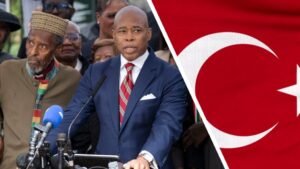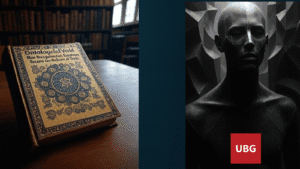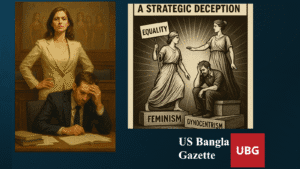New York becomes first U.S. city with congestion pricing

New York City’s congestion pricing went into effect in the center of Manhattan on Sunday, one day after a federal judge rejected a request from New Jersey officials to halt the program.
Why it matters: The Metropolitan Transportation Authority says the first road toll policy of its kind in the U.S. aims to reduce traffic jams, boost public transit use, and improve air quality by charging up to $9 per day in the Congestion Relief Zone.
- Leading figures, including N.Y.-born President-elect Trump, who wants to stop it, and New Jersey Gov. Phil Murphy (D), whose office vowed on Saturday to continue fighting the toll, have strongly opposed the policy.
How it works: Per the MTA, the zone that came into effect at midnight Sunday includes roads in Manhattan south of and including 60 Street in an area.
- The FDR Drive, West Side Highway/Route 9A, and the Hugh L. Carey Tunnel connections to West Street are excluded.
- Most drivers are charged via an E-ZPass toll collection system. Passengers and small commercial vehicles pay $9 during the peak periods of 5 am-9pm on weekdays and 9 am-9 pm on weekends. The rate is $2.25 during the overnight period.
- Motorcyclists pay a one-off daily rate of $4.50 during the peak period and $1.05 overnight.
- There’s a credit of up to $3 for passenger vehicles and $1.50 for motorcycles for those who’ve paid to enter Manhattan via specific tunnels, except for overnight because the MTA says “the toll is reduced by 75% from the peak period toll” then.








